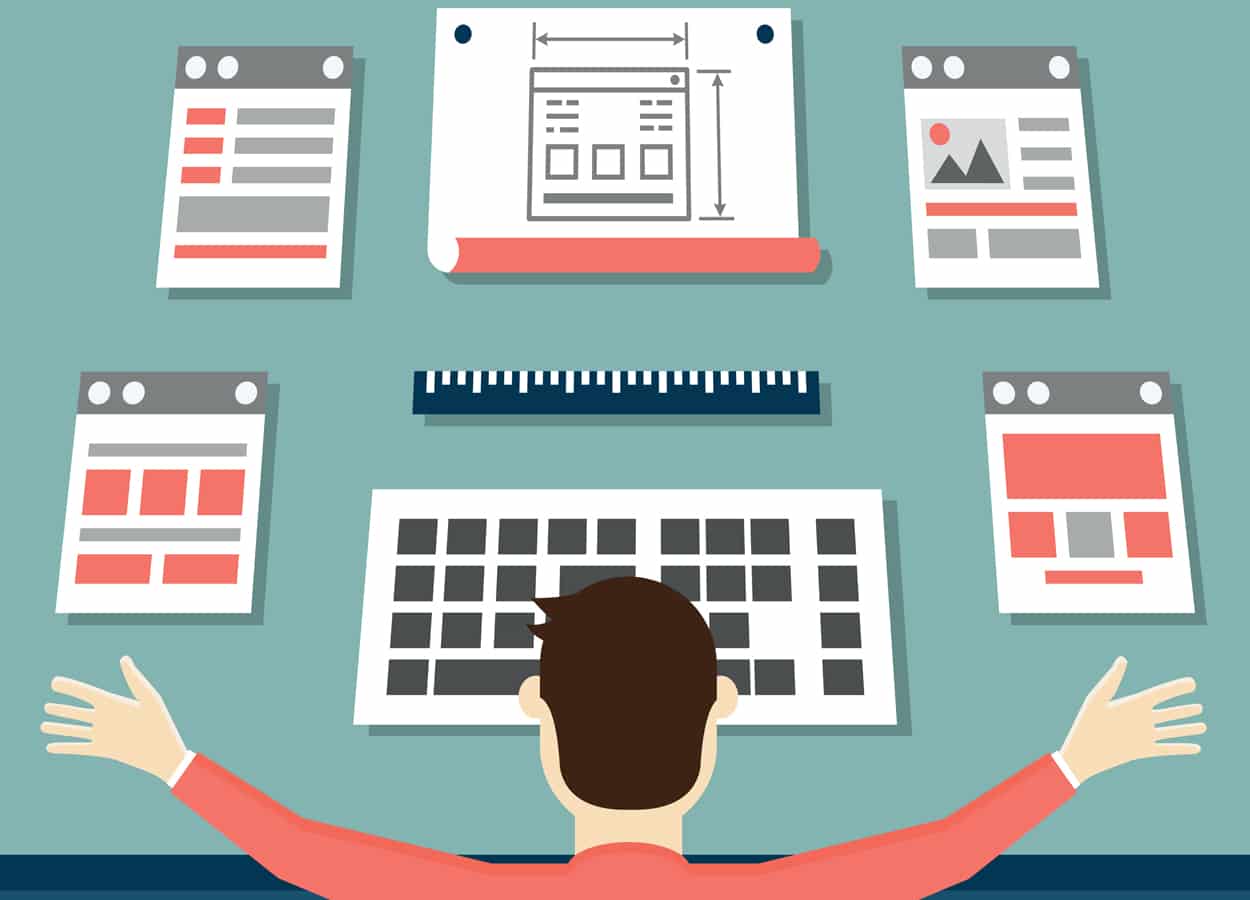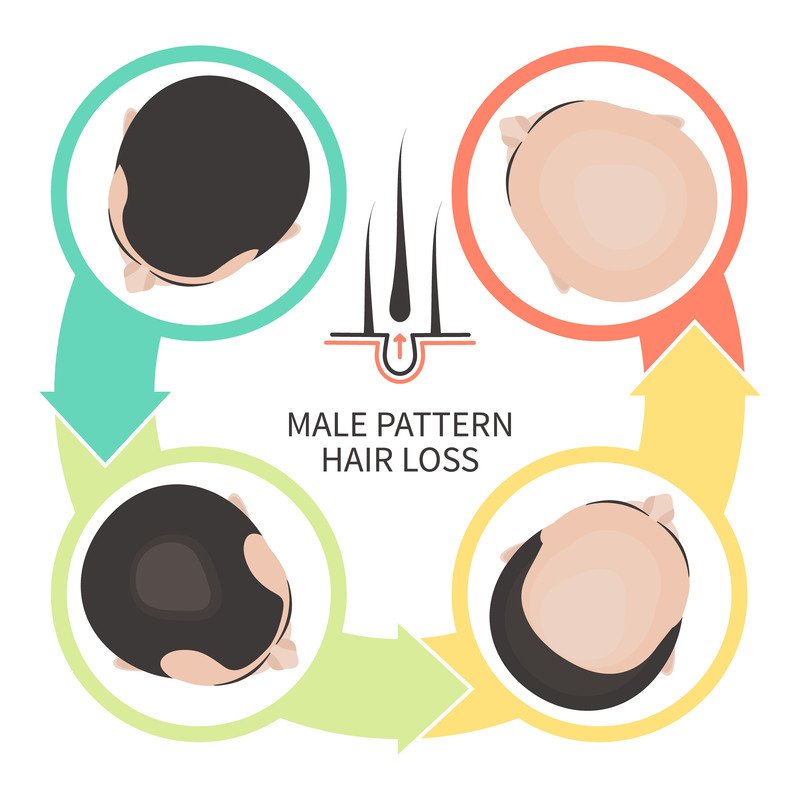Table Of Content

They use their expertise in design principles, user experience (UX), and user interface (UI) to develop visually appealing interfaces that provide seamless interaction between the user and the technology. These principles are the base on which all interaction and user experience design have their foundations. They are classical, because they relate to how humans act and understand digital products, be they web products, mobile apps or the dishwasher. This is about man vs machine — or rather, how humans can cooperate and work with machines, to our benefit.
The ‘Less Is More’ Approach in IxD
Despite these challenges, it's crucial not to skimp on essential aspects like user research and testing. For instance, employing cost-effective methods such as paper prototyping can offer early insights into potential solutions, which helps to steer the design in the right direction. When designers aim for a minimum viable product (MVP)—a functional, marketable version of an app, for example—it allows for quicker iteration based on user feedback, rather than waiting for a "perfect" product. Interaction designers with extensive experience in the field can go on to become interaction design leads or managers. Layout, color and typography can help shape the visual experience on mobile.
Best Practices for Search Results UI

Simplicity characterizes every aspect of a high-quality product, allowing customers to complete tasks with minimal effort. Tracks ad performance and user engagement, helping deliver ads that are most useful to you. Collects anonymous data on how you navigate and interact, helping us make informed improvements.
UI/UX Designer Job Description for 2024 - Simplilearn
UI/UX Designer Job Description for 2024.
Posted: Wed, 03 Apr 2024 07:00:00 GMT [source]
Gen Z vibes at the public library
As a result, the user can give a response that later can be used as evaluation material. In this dimension, the designer’s job is to deliver the best possible experience that lasts forever for the users. Meanwhile, a guidance label on a call-to-action (CTA) button that explains to users exactly what to expect as long as they click the button is one of the interactive design examples in this section. Therefore, a five-dimensional framework is necessary to embody a robust approach to improving user experience as well as fostering a positive relationship between users and products. In smaller companies and startups, a UI designer is often responsible for both tasks, while the roles are separate in larger organizations.
A lightweight alternative to Adobe Photoshop, Sketch offers layers, grids, and artboards; in short, everything an interaction designer requires to create wireframes and mockups with some visual additions. Consider Zeplin, the Sketch plugin (currently in Beta) to allow for team collaboration. Using these five dimensions, an interaction designer can pay attention to the very experience the user has when communicating and connecting with a system. Research has shown that effective design can influence perceptions of usability.
Include areas for quiet study, collaborative work, informal gatherings and events. Flexible furniture arrangements and movable partitions allow for easy adaptation to changing needs. His early work was central in identifying what we now call ‘algorithmic bias’. National Science Foundation and his work has received Best Paper recognition at top-tier publication venues in human-centered AI (e.g. ACM SIGCHI, ACM CSCW, ACM Mobile HCI, AAAI ICWSM). Dr. Hecht’s research has been featured by The New York Times, the Washington Post, Wired, MIT Tech Review, the Atlantic, Le Monde, Der Spiegel, and other outlets. You will engage in the "Build Your Portfolio" project as part of the IxDF Mobile UI Design course.
Goal-Driven Design
Augmented Reality (AR) is a technology that overlays digital content, such as images, videos or 3D models, on top of the real world as seen through a mobile device's camera. Well-executed typography enhances user engagement as it makes information consumption effortless and pleasant. Interaction design will offer suggestions to prevent a user from producing errors. Careful design uses a form of mistake-proofing—known as Poka-Yoke—to create failsafe mechanisms.
What are examples of interaction on a website?
They are responsible for making sure that the human experience with technology is as intuitive as possible. Effective use of visual elements can establish a hierarchy of information, guide users through the interface, and create a positive emotional response. A well-designed visual representation can lead to increased user engagement, improved brand perception, and greater success for the product or service. According to Verplank, interaction design was an adaptation of the computer science term “user interface design” for the industrial design profession.
Natural User Interfaces – What does it mean & how to design user interfaces that feel naturaly
The product will have a much better chance of succeeding, which in turn contributes to the bottom line. Enables personalizing ads based on user data and interactions, allowing for more relevant advertising experiences across Google services. Permits storing data to personalize content and ads across Google services based on user behavior, enhancing overall user experience. In the first lesson, you’ll learn what user experience design is and what a UX designer does. You’ll also learn about the importance of portfolios and what hiring managers look for in them. These techniques, often used in combination, enable designers to visualize and test user flows, ensuring that the product architecture supports a smooth, logical, and enjoyable user experience.
As businesses strive to improve their conversion rates, they are increasingly focusing on enhancing user interfaces to guide user behavior and ultimately drive conversions. Their role involves understanding the psychological and emotional contours of user interaction, leveraging this insight to design solutions that are intuitive and responsive to the needs of the end user. The ‘Less Is More’ philosophy in Interaction Design champions simplicity, advocating for the minimization of non-essential elements to foster an environment where users are not overwhelmed by clutter.
The problem arose when companies started to hide important buttons and controls from the main interface in the quest for a minimalist design, which often resulted in confused and frustrated users. While this could pay off in the short term, you risk having users never enjoy your product to its full glory. Instead, aim to make your design complete, providing the user with all the controls they need at hand. A bigger challenge in interaction design terms — but you’re ensured a product with an overall better quality in the long haul. Along with words and visual representations, these 3 dimensions are the building bricks of your product’s interactions with any user.
For example, a submit button’s disabled state tells users to complete a form’s required fields before submitting. Using a different color and underline for links tells users which text they can click. Designers strip away navigation, links, and anything else that might tempt users to leave the page, leaving only a prominent CTA or form.
Interaction design is about facilitating this dialogue between the end user and the system, and designing all the individual components that ensure the interaction is smooth, seamless, and efficient. Each of these actions triggers some kind of response or feedback from the system—like a pop-up message, an audible beep or tone, or a change in the interface’s visual appearance. Interaction design ensures that technology is accessible, functional, and user-friendly. Beyond that, it provides an opportunity to delight and engage the user in unique and memorable ways. This kit includes a checklist to help library workers identify and mitigate or remove sensory and physical access barriers within library spaces. Rodriguez Vega has contributed valuable research to the local arts and academic communities during her graduate (MS and PhD) studies.
Dr. Hinds received her PhD from Stanford University, where her interdisciplinary research focused on how technology and new ways of work are transforming organizations. She is passionate about the intersection of technology, leadership, and the evolving nature of work. Dr. Hinds likes spotlighting the evidence-based truths about how we work and lead. She is interested in collaborations, evidence-based discussions, weird ideas, and opportunities that push the boundaries of our understanding of work and leadership in this digital age. Cognitive friction is when users feel puzzled or uncomfortable when they use a website or app.
Instead of leaving all your ideas in the theoretical, it’s better to materialize them early. Nobody likes to have a nasty surprise at the end of a tough and long project. Making any sort of changes to a finished design will bring unforeseen costs and require extra time your team may not have. A second aspect to consider, is that people’s vocabulary may only include the default which makes us all fear losing our house and other assets to banks.

No comments:
Post a Comment